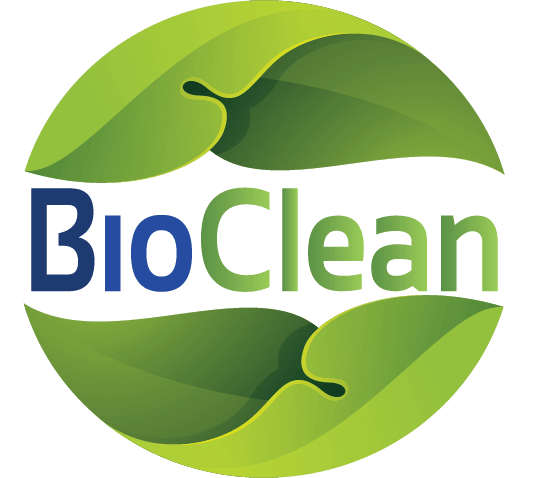What to Expect During Your Mold Inspection
If you think you have mold in your home, the best way to be sure is to get a professional mold inspection. But how do you know you need one? And what happens during a mold inspection? Here's what you can expect if you get your home inspected for mold.
How Do I Know I Need a Mold Inspection?
If you suspect you have mold in your home, the best way to be sure of the extent of the problem is with a mold inspection. But how can you tell if you need one? Here are some common signs of a mold problem.
- You see visible mold in your home.
This is a simple way to tell you have a mold problem, but you might still need help discovering how far it's gotten! Mold can hide behind drywall and under carpets.
- Your home has a musty smell. Many people smell mold before they see it. A
moldy or musty smell is a common sign you have mold growth in your home.
- You have allergy symptoms that don't correspond to your usual allergies. If your sneezing lasts past your usual seasonal allergies, or your lungs and throat are irritated without a clear cause, mold might be the issue. Mold can cause rashes, eye irritation, congestion, coughs, and sore throats.
What Happens During a Mold Inspection?
You've noticed some of the signs of a mold problem. Once you call in professionals, what will they do? Why is calling a professional important? The mold inspection process follows these steps:
- The mold inspector will check for mold in every area of your home. They will use special tools like moisture meters and infrared cameras to find hard to find mold. Since mold grows in moist conditions, these tools can help them find mold that would be tricky for you to find yourself.
- If mold is found, the inspector will take at least two samples of the mold. These will be sent to a third party lab so you know what kind of mold is present in your home.
Where Do Mold Inspectors Look for Mold?
Mold can hide in unexpected places, making it essential for inspectors to check every possible area. Here are some of the most common places where mold is found:
- Basements & Crawl Spaces – These areas are prone to high humidity and moisture buildup, making them hotspots for mold growth.
- Behind Walls & Drywall – Mold often grows behind wallpaper or inside walls where leaks have occurred.
- HVAC Systems & Air Ducts – Mold spores can spread through heating and cooling systems, affecting indoor air quality.
- Bathrooms & Kitchens – Showers, sinks, and leaky pipes create ideal conditions for mold growth.
- Carpets & Upholstery – If moisture gets trapped in carpets or furniture, mold can grow underneath.
Because mold can develop in hidden areas, a professional inspection is the best way to ensure your home is mold-free.
What Should You Do If Mold Is Found?
If mold is detected during your inspection, don’t panic! There are effective ways to remove it and prevent future growth.
- Schedule Professional Mold Remediation – Experts use specialized equipment and safe cleaning techniques to eliminate mold completely.
- Fix Leaks & Moisture Issues – Since mold thrives in damp conditions, repairing leaks and improving ventilation will help prevent regrowth.
- Use Dehumidifiers & Air Purifiers – Keeping indoor humidity below 50% helps stop mold from spreading.
- Regularly Inspect High-Risk Areas – Periodic moisture checks can catch problems before they become serious.
Taking action as soon as mold is discovered will prevent costly damage and health problems.
How Does Mold Impact Your Health?
Mold exposure can cause a range of health problems, especially for people with allergies, asthma, or weakened immune systems.
- Respiratory Issues – Mold spores can trigger asthma, coughing, and breathing difficulties.
- Allergic Reactions – Symptoms include sneezing, runny nose, itchy eyes, and skin rashes.
- Long-Term Health Risks – Prolonged exposure can lead to chronic sinus infections, fatigue, and lung irritation.
Because symptoms vary from person to person, it’s crucial to identify and remove mold as soon as possible.
Why You Should Hire a Professional Instead of Using DIY Mold Tests
Many homeowners try DIY mold tests, but these kits often provide inaccurate or misleading results. Here’s why hiring a professional is the best choice:
- DIY Test Kits Are Limited – Store-bought kits only test surface mold, missing hidden mold behind walls.
- False Positives & Inaccuracies – DIY tests often misidentify mold types, leading to unnecessary worry or false reassurance.
- Professionals Use Advanced Equipment – Experts use infrared cameras, moisture meters, and lab testing for precise results.
- Mold Inspectors Provide Solutions – Unlike DIY tests, a professional will offer a detailed plan to remove mold and prevent future growth.
A professional mold inspection ensures accuracy, safety, and peace of mind.
BioClean Can Help
At BioClean, we are experts in mold inspection. We can give you the information you need to tackle your mold problem. Contact us today for a free mold inspection!
